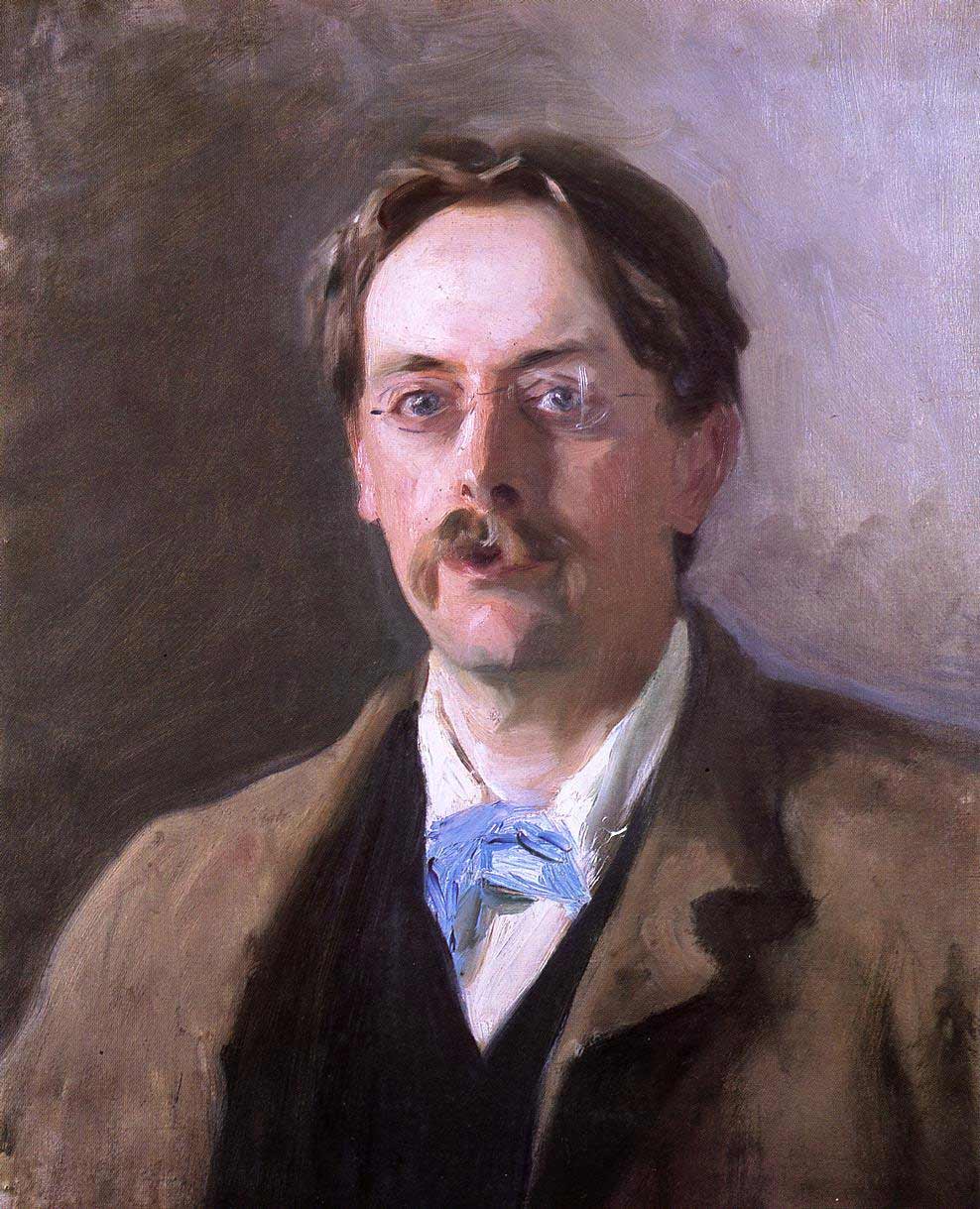The Harvard Magazine
of 10th September 2009 reported on a discussion which took place the previous
evening between James D Watson and E O Wilson – both eminent in their own
fields of Biology. They had had many academic spats over the years, and these
were recounted in the article, but it was the mention of how life began which drew
my attention:
“Watson said he hoped
that cancer would be cured by 2020, and pointed to studies of how the brain
works and how life began as two of the most promising areas of research in the
biological sciences. Wilson agreed, but would himself, he said, embark on a new
study of diversity, this time in the virtually unexplored world of microbes.”
I remember attending a lecture in London about the origin of
life and I asked the speaker how life should be defined. His response came as a
shock, as it consisted of an outburst about impossible questions and then
something relating to Spinoza. Fair enough, but what I was trying to find out was whether
he felt that the quality we call life began with a single-celled organism that took
in nutrients and reproduced, or whether it could apply equally to organic
chemicals which transcribe the building blocks of all living cells. It’s a big
difference and those who discuss the origins of life always evade the need for
a definition. That being so, I wonder what Watson meant when he said the
studies of how life began were promising areas of research?
Biology has undergone a revolution since Watson (with Crick,
and others) discovered the structure of DNA and some now believe that, by
studying the genetic makeup of organisms, it is a matter of time before we
understand the way they work. As organisms are alive, it will thus include an
understanding of life. Scientists like Wilson, who had an initial resistance to
this view, recognise the power of new techniques in understanding processes and
that explains his agreement with Watson in the quote above. For sure, if we
know which genes are involved in causing a certain cancer, it gives us much
more information for following the progress of the disease and, hopefully, a means
of devising treatment. Similarly, we are increasingly aware of how brain
chemistry, controlled by genes, has an effect on certain mental functions, but
that is a very long way from having an understanding of how the brain functions
in its entirety - controlling the body and then providing all the higher functions
such as emotion, aesthetics, etc. Of course, the focus of all this is Homo sapiens, although Wilson does describe
the world of microbes in the quote above.
To return to the subject of life and how it began. At some
point, collections of organic molecules developed a complex structure, were
able to code the production of other molecules, and could thus be considered to
be the precursors of life. For some, perhaps many, this defines the origin of
life. I have a different view - and all views must be welcome, as we can never
know the origin of life, despite the optimism of Watson and Wilson. To me, life
only began when organic chemicals became gathered into a first cell, with an
internal environment isolated from surrounding water, for we all agree that
life began in an ancient ocean. I have no idea how this process occurred,
although I am happy to speculate, but it was the fundamental point from which
all subsequent life forms evolved. If every living organism resulted from one original
cell, the formation of that cell was of staggering importance. As I wrote in Walking with Gosse:
“Molecular evolution attempts to trace all life
forms back to a single ancestor but, of course, we do not know if this single
ancestor was just that, or whether there were lots of single ancestors all
appearing in the same geological time period. The idea of a once only event
does not imply that the origin of life was driven by a theistic force (although
that cannot be ruled out), but a moment of such immense significance has the
power of the supernatural.”
The origin of life
as a promising area of research? I don’t think so, but it’s all a matter of
definition isn’t it?



